Welcome to Blue Book!
Are you ready to join the thousands of companies who rely on Blue Book to drive smarter decisions? View our plans and get started today!
Still have questions? We’d love to show you what Blue Book can do for you. Drop us a line– we’ve been waiting for you.
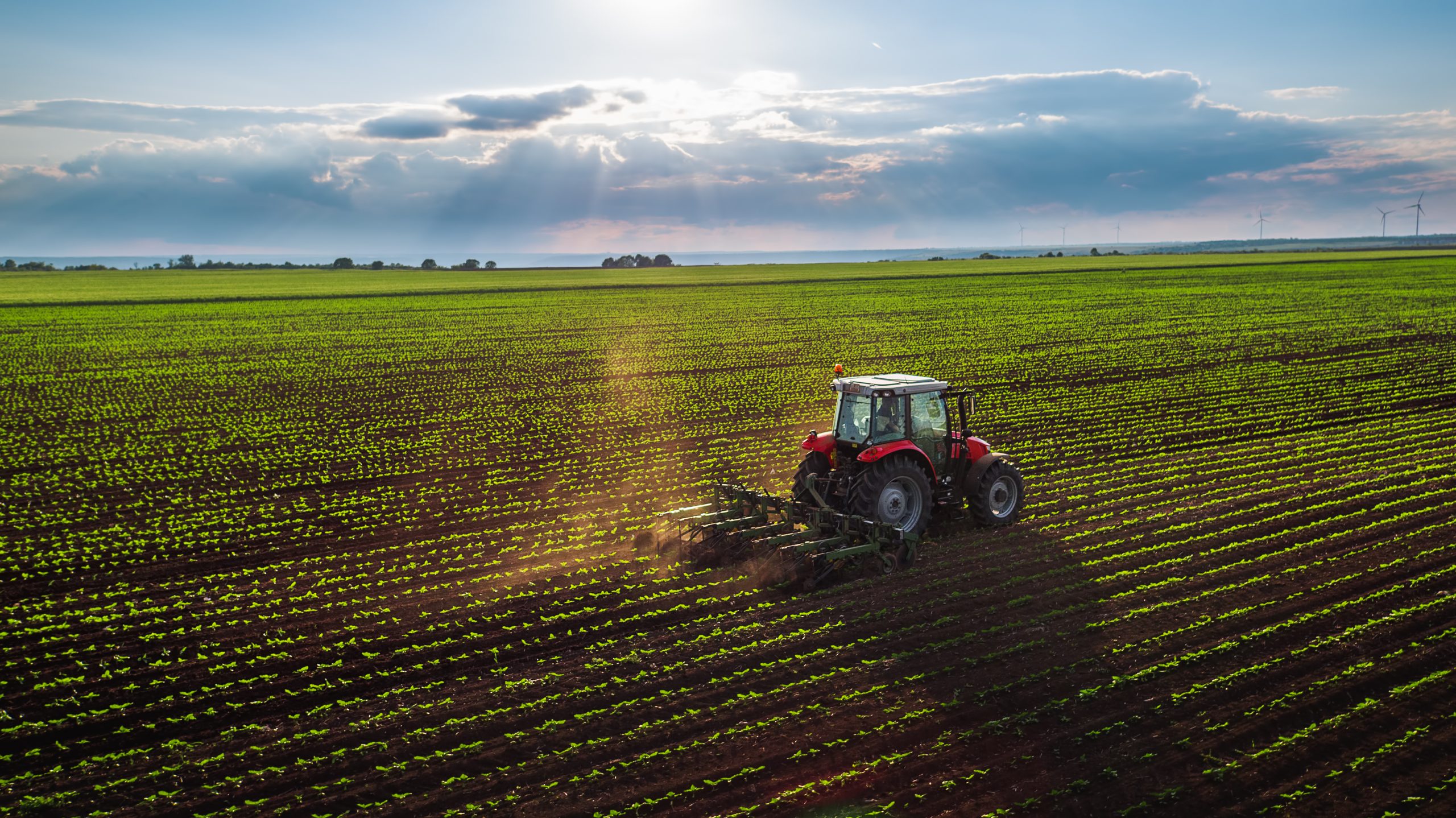
Valentin Valkov/Shutterstock
In this article
As the high-tech revolution continues to advance across the produce industry, cutting-edge innovations are driving unprecedented efficiencies and unlocking new opportunities, according to growers and shippers.
These innovations, they say, allow them to anticipate, improvise, and respond with unprecedented accuracy. Let’s drill down into a few of our contributors’ most valued high-tech tools.
Elevated Crop Care
Glennville, GA-based sweet onion grower G&R Farms BB #:114342, for example, has employed what Cliff Riner, vice president of ag production and growers relations, calls more “variable rate and flow technologies,” which lead to better placement of inputs, including fertilizers and any needed pesticides.
The result is significant efficiencies and environmental benefits, notes Griner, “by letting the natural process of growth and sweetness take place in the onion.”
The equipment can be calibrated on the fly, and management zones can be created in the field with much more accuracy by monitoring plant tissue analysis.
G&R Farms has also built a database analyzing plant nutrient levels by crop stage, so each field or segment receives a specific amount of fertilizer. More accurate decisions allow G&R Farms to continue improving the quality and eating experience of its onions.
Sweet onion growers in Texas are partnering nature with high-tech tools as well. Dante Galeazzi, CEO of the Mission, TX-based Texas International Produce Association BB #:162361 and marketing order manager for the South Texas Onion Committee BB #:162353, shares, “Growers are always exploring new technologies to improve the next crop of TX1015 sweet onions.
“Laser weeders, plant-tape transplanters, and monitoring systems are some of the wider-spread adaptations that have developed the industry.
“While growers are accustomed to hand-harvesting, the industry has recognized the need to apply new techniques.
“Adapting technological advancements can increase harvest times, with operations running 24/7—however, the main concern is the water content makes Texas onions softer than other varieties making mechanical harvesting a challenge.

“Keeping the delicacy and tenderness of TX1015’s in mind has been key towards finetuning the process,” Galeazzi adds.
“The goal is to teach the technology to have a soft touch when picking product.” Galeazzi says South Texas onion growers continue to collaborate with Texas A&M University to create a suitable automated harvesting system.
Tools, Testing, and Trials
Plant City, FL-based Wish Farms, Inc. BB #:111764 is trying out crop forecasting software with artificial intelligence (AI), shares Nick Wishnatzki, the company’s public relations director.
“At one of our California ranches, we’re trialing crop forecasting software that utilizes AI technology in conjunction with weather data,” he explains.
“By gathering and analyzing images, each platform determines the stage of strawberry development (from bloom to red fruit) and extrapolates when the berries will be ripe enough to pick.”
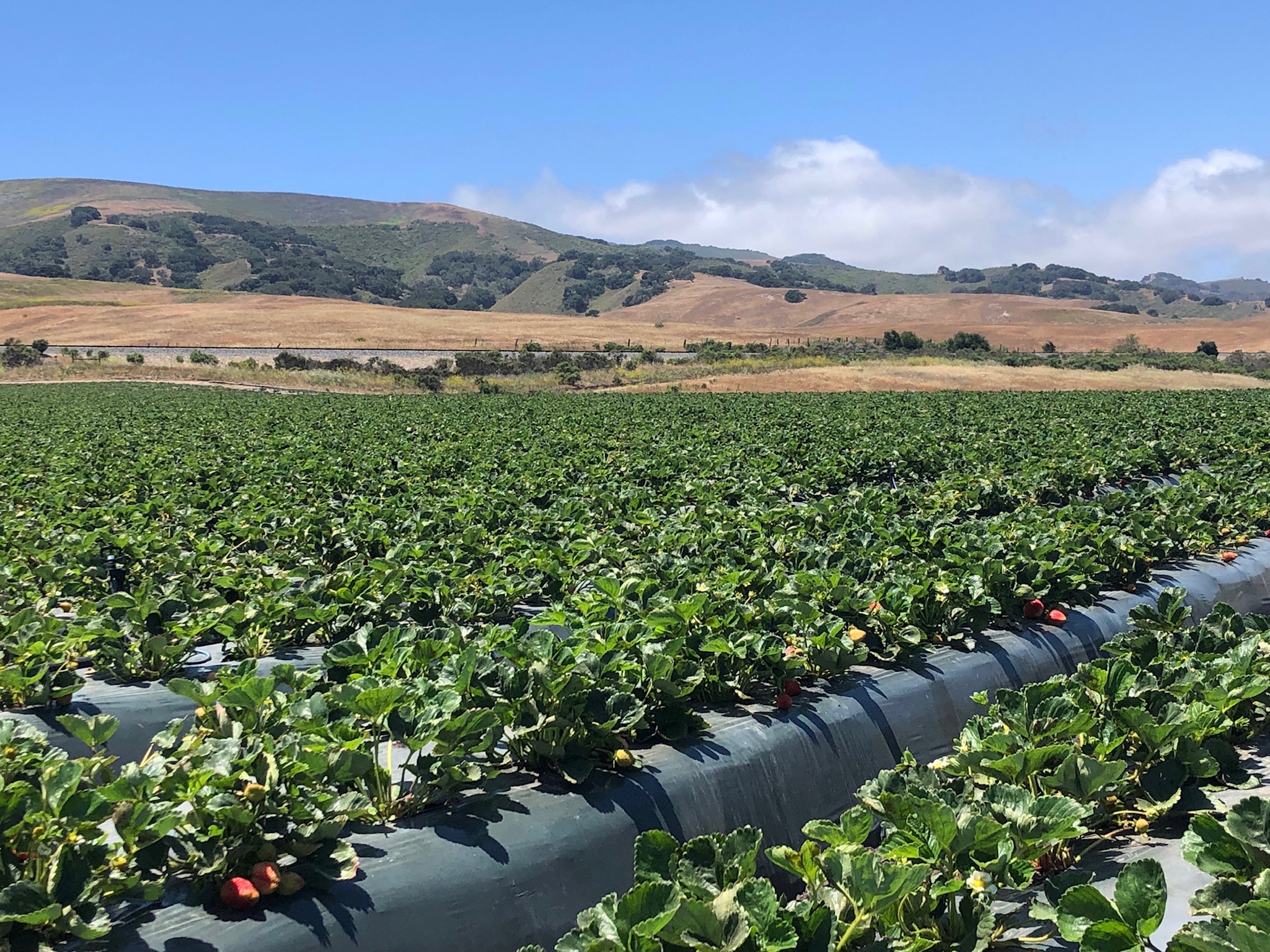
Wenatchee, WA-based Stemilt Growers, LLC BB #:113654 is using an autonomous sprayer called Prospr for its tree fruit. According to Brianna Shales, marketing director, the grower-shipper has extensively trialed Prospr in its orchards.
“We were an early adopter of this and have found the reliability of the vehicle and accuracy of sprayers to be impressive,” she says, noting driverless machinery can be driven faster than traditional sprayers with human operators.
“GPS helps it navigate the orchard and its controlled remotely,” Shales adds. “You can start applications from anywhere, so we can operate four sprayers with one person.”
Of course, this requires commitment and investment. Stemilt, for example, partnered with Robotics Plus on Prospr trials before purchasing and investing in the equipment, points out Shales.
“This allows them to test equipment at commercial scale and we get to learn alongside their team of experts.
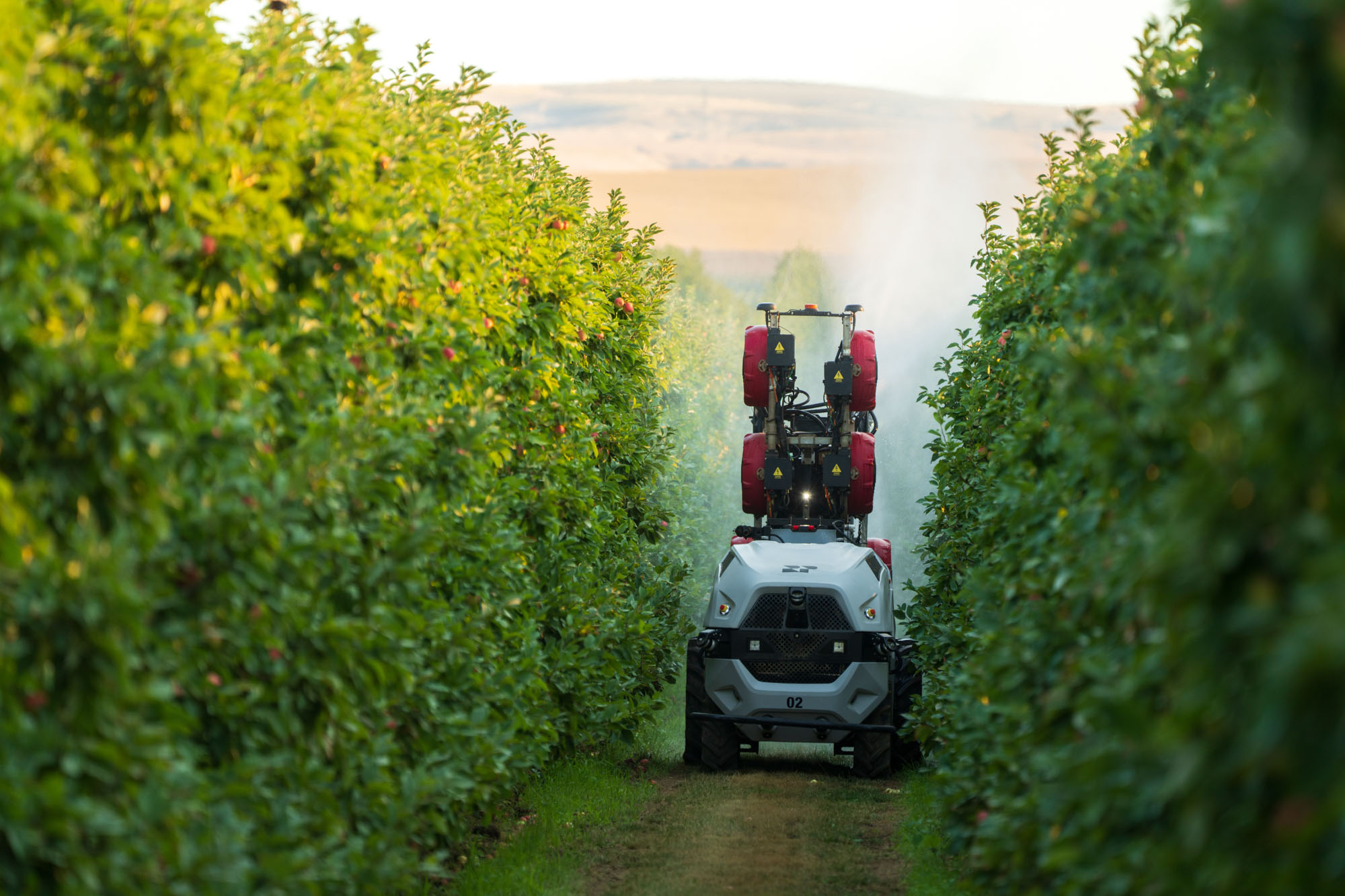
Balancing Cost and ROI
G&R Farms actually spent less than it had anticipated on its technology upgrades, Riner observes.
“The costs have actually been lower than one would expect,” he says. “Most of the technology is available as a service to producers, and the equipment G&R Farms has purchased has been paid for in one season’s fertilizer savings.”
Wish Farms, meanwhile, has measured the benefits of its new tools by several means, notes Wishnatzki.
“The current tools being evaluated range from a Go-Pro to a smart phone—they’re mounted onto a tractor driving through a field or a drone that flies over at a similar height.”
There have been positives and negatives with both options. “So we’ll continue to hone-in on which are most accurate, better suited for our farming operations, and can be scaled to other regions,” he adds.
Unexpected Benefits
It turns out the newest tools can bring multiple benefits to operations, some unexpected.
“We’ve noticed that we’re just more accurate on all levels,” says G&R Farm’s Griner. “No more guessing games about harvest timing, irrigation, yield estimations—all are more consistent and accurate, making tough decisions much easier.”
Staying ahead in technology is simply using a smarter approach on several levels, Wishnatzki insists.
“The goal is to acquire as much information as we can to have a better understanding of when production will peak or plunge,” he explains. “This will give our sales team the ammunition they need to set an appropriate price.”
Yet everyone within an operation can see value. “If successful, it has the potential to benefit the whole company, from farming operations to packaging to sales, making its ROI highly favorable.”
“If successful, it has the potential to benefit the whole company, from farming operations to packaging to sales, making its ROI highly favorable.”
Savings and Efficiency
At Stemilt, Shales says technology advancements, such as Prospr, help the company more efficiently maximize output. “This technology will ultimately help us do tasks we need to do in orchards, but with less people.”
Not that there isn’t still plenty for workers to do.
“There’s still so much done by hand in tree fruit farming, so any way we can find technology to drive efficiency, save labor, or make us more successful at growing high-quality fruit—then we want to be part of that testing and bringing it to commercial scale.”
Innovation doesn’t stop with current advancements, as more ideas are in the offing.
“Always!” Shales enthuses. “Both the orchard and postharvest side of the business have room to grow in automated technology.”
She notes that robotic arms to do tasks like putting trays of apples in boxes now exist, drones for estimating crops, and further automation for farm equipment are all areas to watch.
“We’re constantly evaluating and learning, with the ultimate goal of finding technology to help us with efficiency or effectiveness and will have a return on investment that meets our business needs.”
For Riner and F&R Farms, laser weeders and drones have had the most notable impact when it comes to innovative tech tools.
“Drones are being used for scouting, spraying, and fertilizing,” he notes, with usage climbing daily.
“Laser weeders will have a large impact as regulations limit our herbicide technologies,” he adds, “and will become more affordable with development.”
No one knows what tomorrow will bring, but with technology, the possibilities seem endless.
What Lies Ahead
No one knows what tomorrow will bring, but with technology, the possibilities seem endless.
“Overall, the industry recognizes times are changing,” notes Galeazzi. “Technology is the future, and this process is pertinent to propelling development and growth for years to come.”
Riner says G&R Farms plans to incorporate more technology every year and is already impressed with what’s been learned and accomplished over the past two years. “The precision keeps getting better.”
He believes weeding, fertilizer management, and crop analysis tools will all look “completely different” in the next five years.
“The technology and options for producers are almost changing faster than we can absorb the information, and we’re inspired and excited by the advancements,” he says.
Wishnatzki is on the same page when it comes to future. He sees AI as an important and expanding part of Wish Farms’ current technology toolbox.
“We’re also currently utilizing various AI-enabled grading machines that allow us to cull out lower-quality fruit. This, coupled with our other robust quality control measures, will continue to ensure only the best makes it to our customers.”




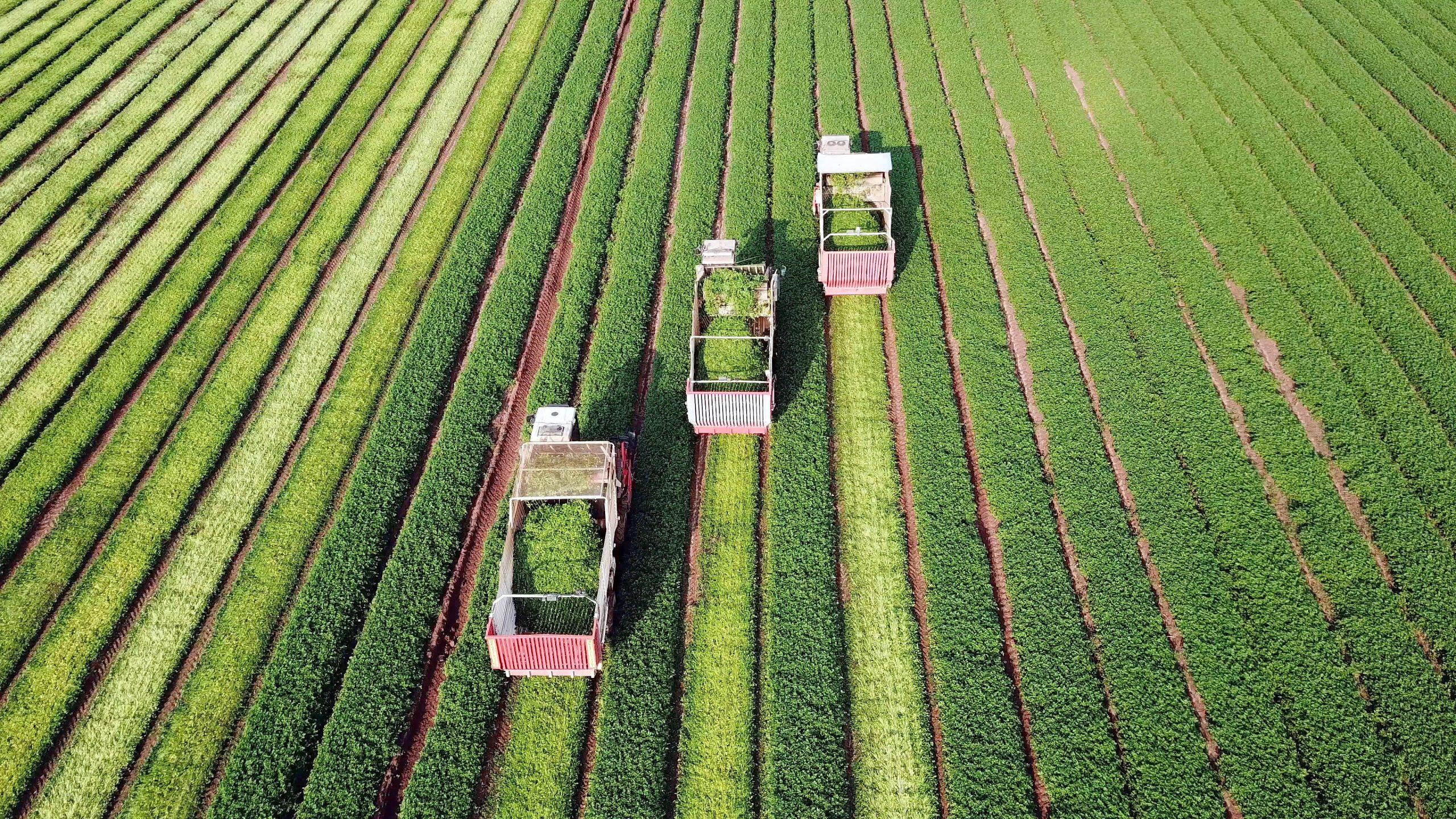
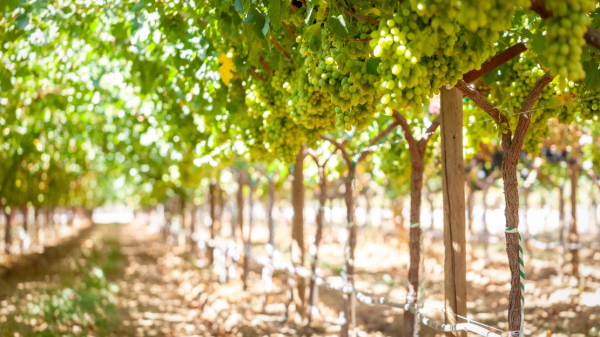
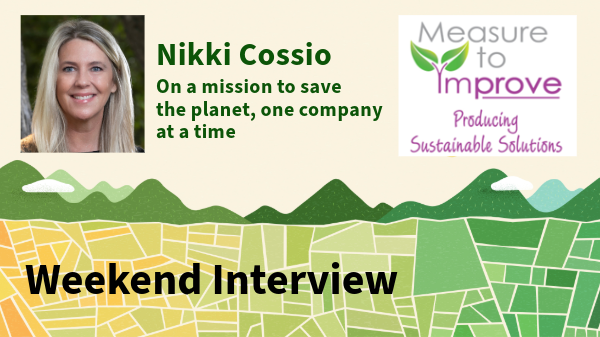
![CEO’s Perspective: A Primer on Tariffs [updated]](https://www.bluebookservices.com/wp-content/uploads/2025/04/CEO.png)
